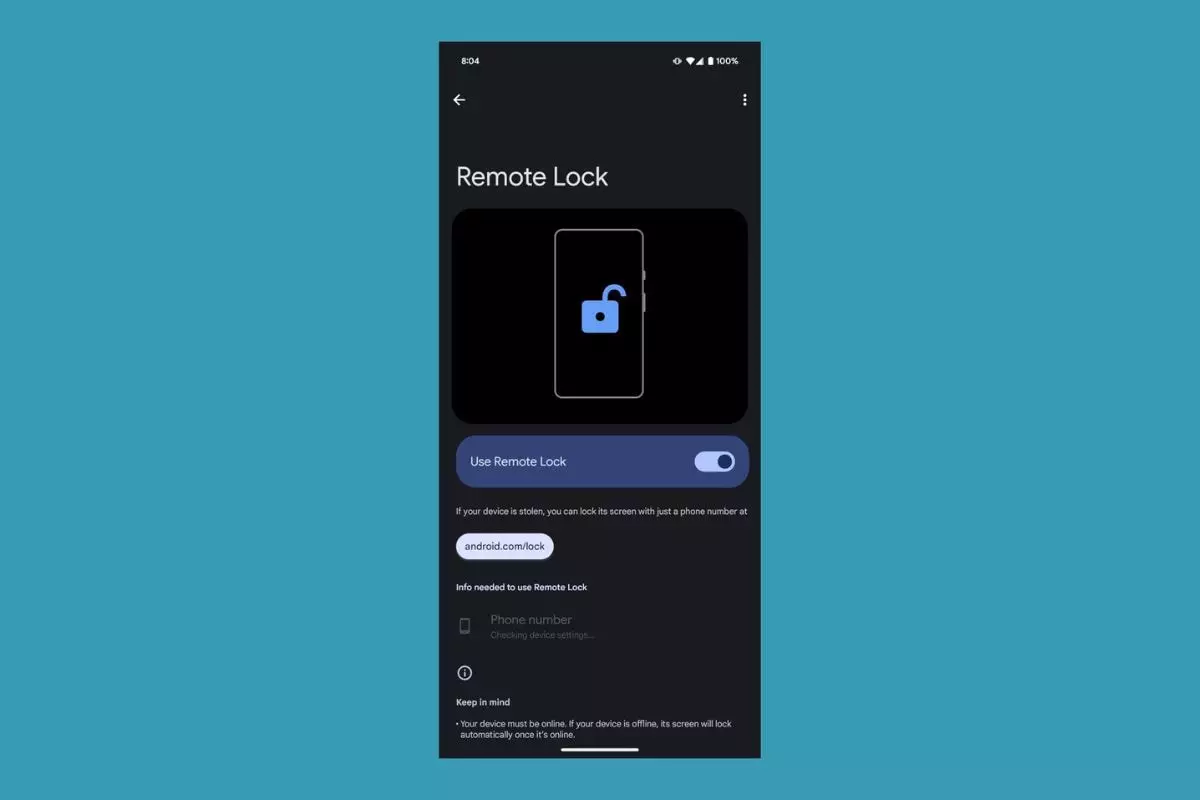In today’s tech-driven world, the security of personal devices is paramount, especially as smartphones store an ever-increasing amount of sensitive data. Recent reports indicate that Google is stepping up its game in protecting users’ data from potential thieves with three innovative features aimed at enhancing security for Android devices.
One of the standout functionalities being introduced is the Theft Detection Lock, a feature powered by machine learning algorithms. This is not merely an enhancement; it’s a significant leap in how devices recognize and respond to theft attempts. The system is designed to analyze unforeseen changes in movement patterns that may indicate a snatching action, whether from a pedestrian, a cyclist, or a vehicle passenger. By actively monitoring these shifts, the device can automatically lock itself, thereby preventing unauthorized access to personal information stored within. This proactive defense mechanism could potentially make it much harder for thieves to exploit the situation, adding an essential layer of security for users.
Another innovative feature, the Offline Device Lock, responds to a scenario where a device may be disconnected from the internet for an extended duration, a tactic often employed by thieves to evade location services. Although specific details regarding the time threshold for this feature remain unspecified, the implication is clear: the device will initiate a lock sequence automatically when it recognizes a significant suspension in internet connectivity. This automatic response signifies a smart move toward ensuring that even in offline status, the device’s data remains secure—demonstrating responsiveness to the methodologies employed by criminals adept in technology.
Complementing the first two features is the Remote Lock, which is an upgrade to the existing Find My Device capability. Unlike its predecessor, which requires the user to recall their Google account credentials to remotely lock a device, the new system simplifies the process by allowing security activation via just a phone number. This innovation not only enhances convenience but also makes security measures more accessible, potentially increasing the likelihood that users will activate these essential protections promptly.
As reported by tech tipster Mishaal Rahman, these new features are currently being observed on devices like the Xiaomi 14T Pro and Pixel devices, with plans for rollout to the general Android user base in the US, following beta testing that started in August. The implications for security-conscious users are profound; as these features become widely available, they could fundamentally transform how individuals perceive their device security, leading to a greater emphasis on proactive measures to protect their valuable digital lives.
Google’s foray into advanced security features for Android represents a significant stride toward enhancing user safety against device theft. By integrating machine learning and user-friendly access methods, Google is not just enhancing its device’s security; it’s paving the way for a more secure digital environment overall. These features are a testament to the ongoing evolution in smartphone technology and security as users seek more robust protections against the ever-present threat of theft.

Leave a Reply